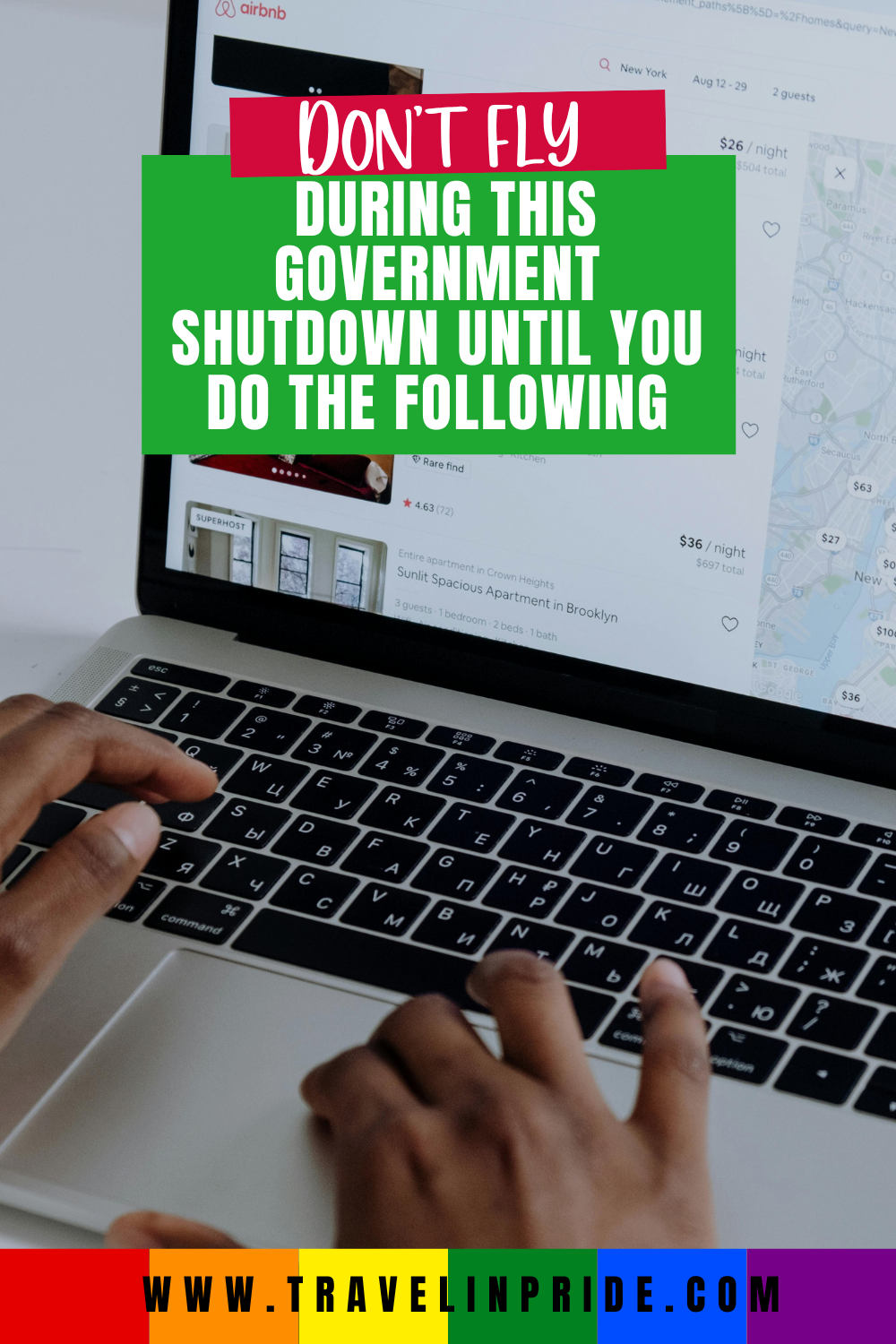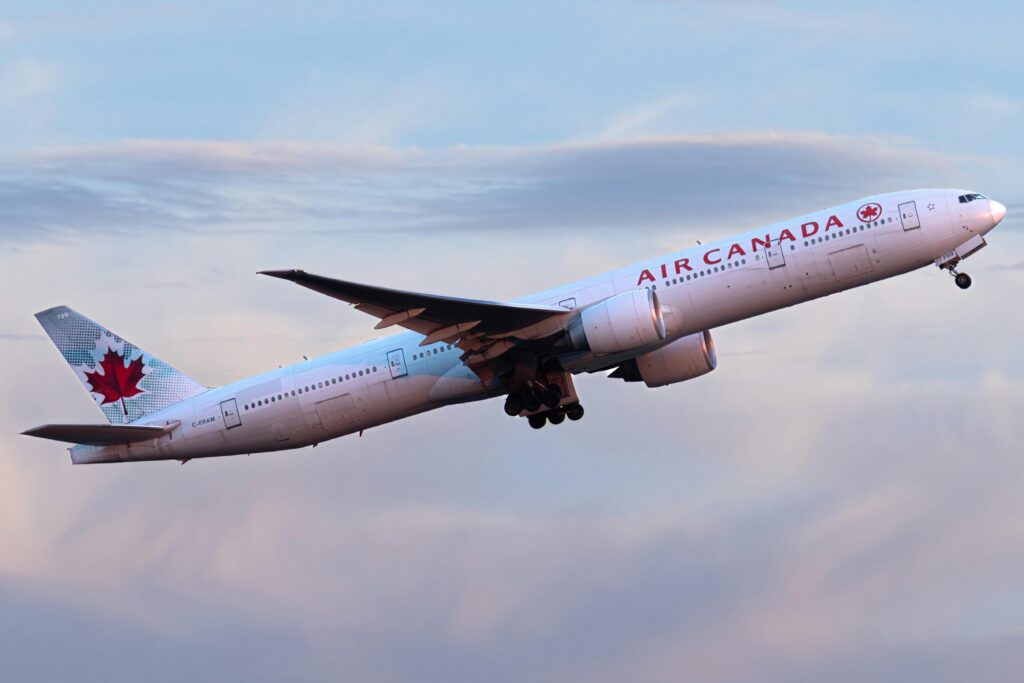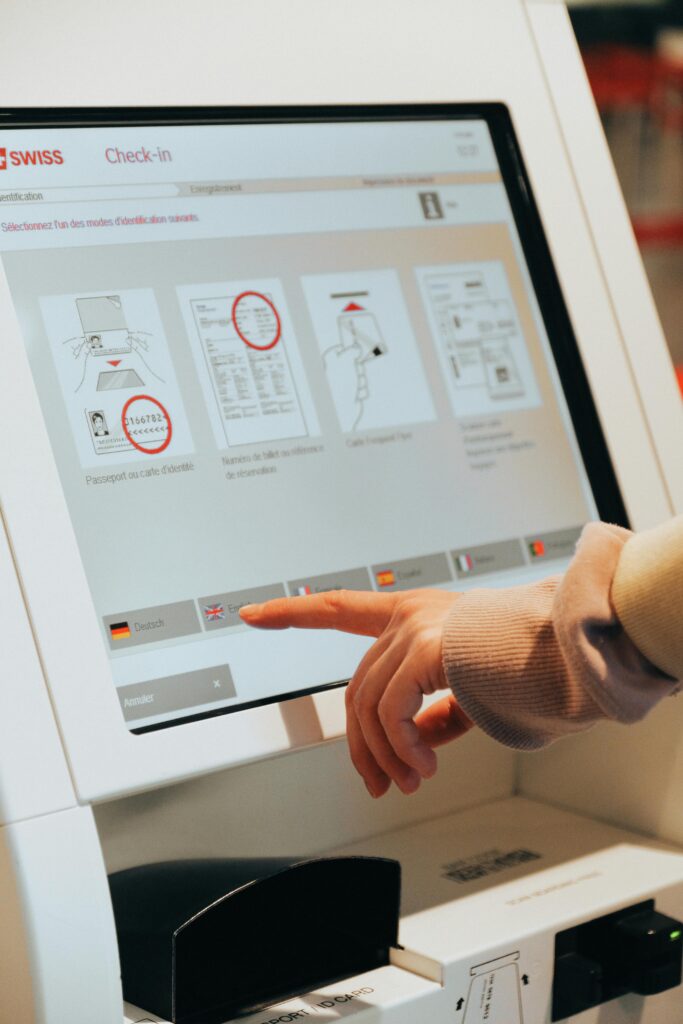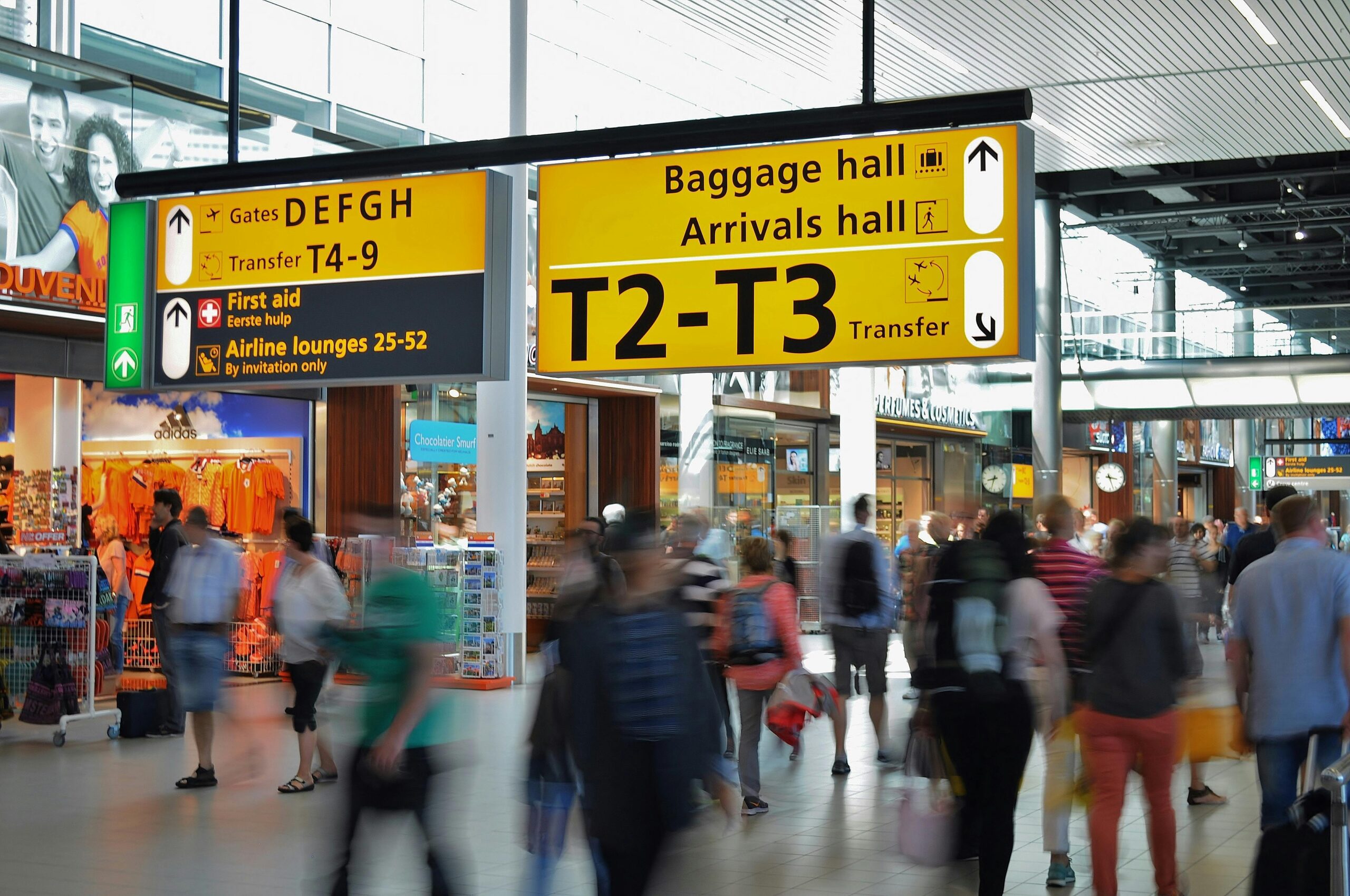
Don’t Fly During This Government Shutdown until You do the Following
If you’ve got a flight between now and late November, you should plan for a wobbly couple of weeks. As of Friday, November 7, 2025, the FAA began phased, mandatory traffic reductions at major airports because of the federal government shutdown. The initial 4% cut is slated to ramp to 10% at about 40 big airports if the shutdown persists, which means widespread schedule trims, longer lines, and rolling delays even when the weather looks perfect. The Guardian
As I have a flight planned for Thanksgiving week myself here is what I am doing to still up to date and allow myself to make quick decisions should there be a need.
You’re cruise-curious about Virgin Voyages and you want the real talk. Here’s the guide I wish I had on my first sailing. So I have taken a few sailings on Virgin, and 2 of them being Solo sailings so I had to learn things fast and on my own. .

First, What exactly is Happening
The FAA is reducing the number of flights that can operate at about 40 major airports. This started at 4% on Friday, Nov 7, and may rise to 10% by around Nov 14 if there’s no funding deal. The cuts concentrate during the daytime push (roughly 6 a.m. to 10 p.m.) and mainly impact domestic operations, though knock-on effects can spread to everything. Airlines have already started trimming schedules and re-timing flights to comply. Expect this to add delays and cancellations on top of the usual congestion. People.com+1
Which airports are most affected? Think the busiest hubs first: Atlanta, New York area airports, Washington DC, Chicago O’Hare, Dallas/Fort Worth, Los Angeles, Denver, San Francisco and others on the FAA’s 40-airport list. Media tallies match that pattern, with live cancellation counts climbing each day of the cutover. Reuters+2People.com+2
What you Should do Today
Get your facts from the right places
You should track two things every day until you fly:
- Airspace and national delays:
- FAA NAS Status dashboard shows ground stops, ground delays, and traffic flow programs in near-real time. Bookmark it. NAS Status+1
- FlightAware Misery Map visualizes where delays are pooling. It is great for a quick national snapshot before you leave for the airport. FlightAware+1
- FAA NAS Status dashboard shows ground stops, ground delays, and traffic flow programs in near-real time. Bookmark it. NAS Status+1
- Airport security wait times:
- MyTSA app shows current and predicted TSA waits and lane closures. Use it to pick your checkpoint and arrival time. Some airports also publish their own feeds. Transportation Security Administration+2Department of Homeland Security+2
- MyTSA app shows current and predicted TSA waits and lane closures. Use it to pick your checkpoint and arrival time. Some airports also publish their own feeds. Transportation Security Administration+2Department of Homeland Security+2
Set up Flight Alerts in Minutes
You should layer alerts so you are not blindsided.
- Your airline’s app: turn on push, SMS, and email for your specific flights. United and Delta both offer one-time flight notifications you can add even if you are not logged in. Delta Professional+3United+3United+3
- Google Flights: toggle Track prices on your route and on the exact flight. It alerts on price drops and schedule changes that hit Google’s feed, which is handy if you are still flexible or shopping backups. Google Help+1
Pro tip: text yourself your flight number. On many phones, that underlined “AA123” or “DL456” opens a live status preview with gate and delay changes. It is a fast back-up when apps spin. Reddit


How to Time your Airport Arrival
You should arrive earlier than your normal habit because two bottlenecks are in play: security staffing and air traffic flow. For big hubs in the 40-airport program, build in an extra 30–60 minutes over your usual buffer, especially at peak morning and late-afternoon banks. Check MyTSA before you leave and again on the way; if your airport posts waits on its own site, check that too. Transportation Security Administration+1
If your flight is Canceled or Heavily Delayed
You have strong rights in the U.S., and new federal rules have tightened timelines:
- If your flight is canceled or the airlines delays your flight and you choose not to travel, you are entitled to a cash refund to your original form of payment. You do not have to accept a voucher. Period. Department of Transportation+1
- 3 hours or more for domestic flights and 6 hours or more for international flights
- 3 hours or more for domestic flights and 6 hours or more for international flights
- For delays that meet DOT’s new refund thresholds, refunds must be processed within 7 business days for card payments or 20 calendar days for other methods. Paid extras you did not receive, like seat fees or Wi-Fi, are refundable too. Dollar Flight Club+1
How to act fast:
You should first try the app or website to self-rebook. If the app shows nothing useful, call the airline while you queue for an agent at the airport. Try the airline’s international call centers via a service like Google Voice, which sometimes answer faster than U.S. lines when storms or shutdowns hit. If you are on a through-ticket with multiple airlines, work with the issuing carrier
If you are Still Shopping Flights
You should prioritize nonstops to reduce misconnect risk and pick earlier departures, which have the best odds of leaving before delays stack up. Look at alternate airports, but only if they are not on the 40-airport cut list or if they will actually shorten your total travel time. Check the day’s Misery Map and FAA NAS Status for the latest traffic programs before you buy. FlightAware+1
The Largest Airlines and likely Pinch Points
You should expect the biggest airlines to feel the squeeze at their largest hubs:
- American: Dallas/Fort Worth, Charlotte, Miami, Phoenix.
- Delta: Atlanta, Minneapolis–St. Paul, Detroit, New York–JFK and LaGuardia.
- United: Newark, Chicago O’Hare, Denver, Houston.
- Southwest: Denver, Chicago Midway, Phoenix, Las Vegas, Dallas Love Field.
These hubs are either named or implied in early reports about the 40 airports and have already seen cancellation spikes and longer delays as airlines trim schedules to match FAA capacity limits. You should keep an eye on your hub’s status the day before you fly. People.com+2Reuters+2

Rebooking strategy that works this month
You should aim for control and cushions:
- Build slack: if you must connect, pick 90–120 minutes minimum.
- Protect the last leg: avoid the last departure of the day on routes with frequent delays.
- Lock flexible fares: main cabin or flexible economy gives you more same-day move options than basic fares.
- Know your alternates: list two backup flights and one backup airport before you call; agents move faster when you offer workable options.
If you do not need to travel the same day, you should ask for free changes within the airline’s travel waiver window. Carriers often publish rolling waivers by hub during multi-day events. Check your airline’s Travel Alerts page. United


TSA and Security Expectations
You should expect longer morning waits at big hubs as staffing stretches. Use MyTSA to choose the best checkpoint, and keep your ID and boarding pass ready before you reach the podium. If you have PreCheck or CLEAR, this is the week it pays back. If you do not, arrive earlier and consider shifting heavy toiletries to checked luggage to speed your screening. Transportation Security Administration
Baggage, Seats, and Extras
You should prepay bags in the app and choose seats now. Gate agents will be slammed, and overhead bin space will be tighter when aircraft swaps happen. If you paid for extras you did not get because of a cancel or reroute, keep the receipts and request a refund after travel. DOT’s new rules explicitly cover unused paid extras. Dollar Flight Club
Travel insurance and Credit Card protections
You should check your card’s trip delay and interruption benefits before you buy a separate policy. Many premium cards reimburse meals, hotels, and essentials after a defined delay. If your travel is complex or non-refundable on the ground, a third-party policy with defined delay and cancellation triggers can still make sense. Policies vary on government shutdown language, so read the exclusions and buy before you are inside a known-loss event.
If the shutdown ends next week
Good news helps, but you should still plan for lag effects:
- Airlines will need days to unwind schedule cuts, re-open inventory, and reposition crews and aircraft.
- Air Traffic controller schedules and overtime caps mean the 10% cap will not resolve itself overnight. Expect residual delays and cancellations into the week after a deal. Newsrooms and the FAA have already flagged that recovery will spill past the headline date. San Francisco Chronicle
What should you do? Maintain the alerts you setup earlier even after the government reopens; until your flight departs this way any of those delays that continue as the FAA and TSA are still working to resolve the month plus without paychecks.
Two-week checklist you can copy
- Today: set airline, Google Flights, and calendar alerts. Download MyTSA. Bookmark NAS Status and Misery Map. Transportation Security Administration+2NAS Status+2
- 48 hours out: re-confirm seat and bags in the app. Identify two backup flights and one backup airport.
- 24 hours out: check your airport’s TSA waits and the FAA dashboard. Shift to an earlier airport arrival if your hub shows holds or ground delay programs. NAS Status
- Day of travel: re-check NAS Status and your airline app before you leave home. If your flight slips, self-rebook first, then call while you head to the airport.
- If canceled: Get your refund that you are entitled to! If you no longer wish or have a plan for rebooking the cash refund is for all your extras as well.
- If delayed overnight: ask politely about hotel and meal vouchers. Even when not legally required, many airlines will help during system events. Also remember that even if they don’t if you have added Travel Insurance they will usually have delay policies.


Frequently asked quick answers
Can you get a refund if the airline cancels your flight because of the shutdown?
Yes, if you flight changes meets the requirements for the a refund you are entitled to a refund usually applied to your method of payment and NOT a travel voucher even during the FAA Reductions and government shutdown. Department of Transportation
Where do you check TSA waits and national delays?
MyTSA for waits. FAA NAS Status and FlightAware Misery Map for national airspace programs and delay clusters. Transportation Security Administration+2NAS Status+2
Do flight cuts hit international flights?
The first wave is focused on domestic capacity during the day, but international flights can still feel knock-on effects from crew and gate constraints. Watch your airline’s alert page and app. People.com
Which airports are on the list?
Reports point to about 40 major airports, overlapping heavily with the 30 busiest in the U.S., including:
- Atlanta (ATL)
- Dallas- Fort Worth (DFW)
- Chicago – O’hare (ORD)
- Denver (DEN)
- LaGuardia- New York City (LGA)
- JFK International (JFK)
- Newark (EWR)
- Los Angeles International (LAX)
- Dulles (IAD)
- Ronald Reagan National (DCA)
- San Francisco (SFO)
- and others.
Is this the longest shutdown?
Yes. News outlets note this shutdown has passed the previous record, and federal leaders have publicly warned of escalating cuts if funding is not restored. The Guardian
Bottom line
You should assume the next two weeks will be bumpy. The smart move is to over-communicate with your airline app, arrive earlier, protect your connections, and know your refund rights. If a funding deal lands next week, great, but give the system a few days to normalize before you expect on-time bliss. Keep your alerts on, watch the FAA and TSA tools, and pick your battles. With a little padding and a Plan B, you will still make your trip without turning travel day into a guessing game.


